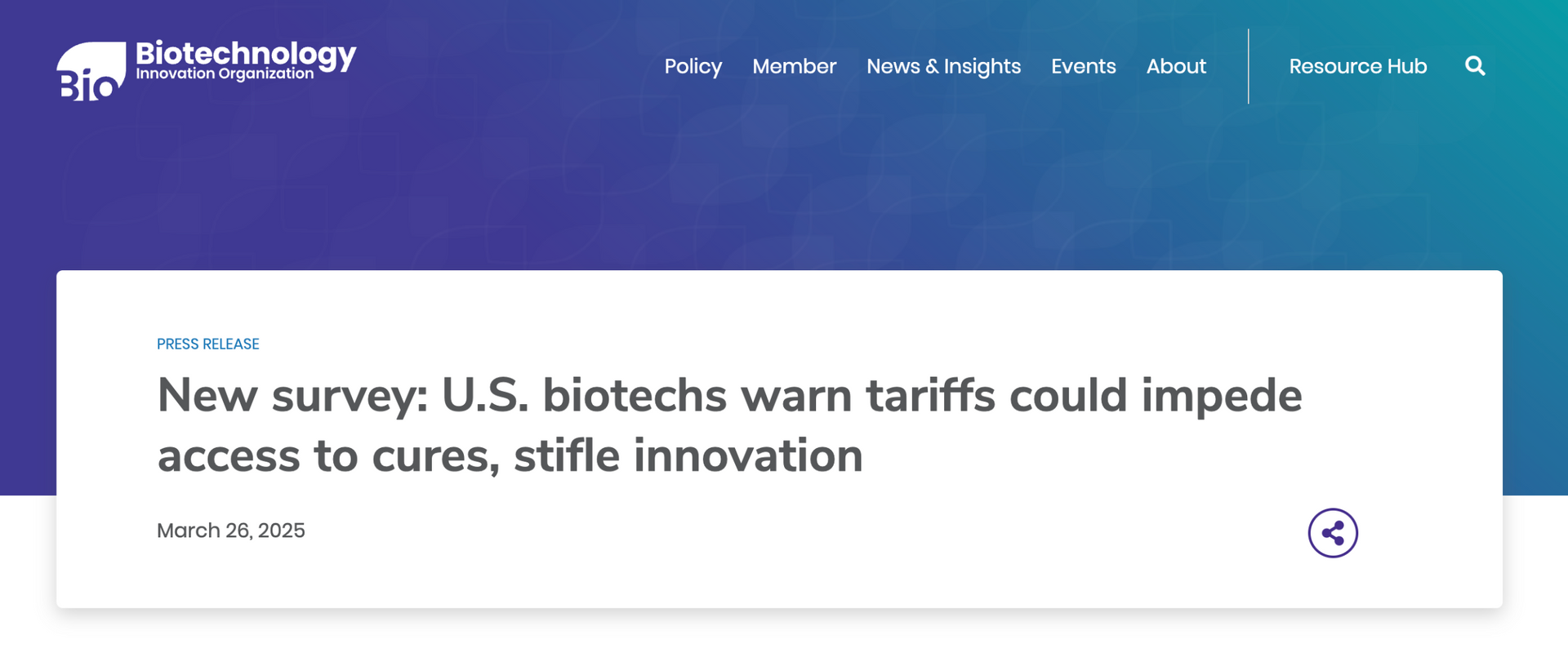The Department of Health and Human Services to Make Significant Workforce Cuts
Major Changes at HHS: Workforce Cuts, Reorganization, and New Leadership

The Department of Health & Human Services (HHS) announced 10,000 job cuts to the agency’s workforce will be made with the aim of reducing expenditure by $1.8 billion per year. This is in addition to 10,000 who have left or taken buyouts. It means the agency’s total reduction in workforce would be from a once total of 82,000 down to 62,000.
Specifically, the cuts translate to 3,500 positions at the FDA (19% cut), 2,400 jobs at the CDC (18% cut), 1,200 positions at the NIH (6% cut) and 300 jobs at CMS (4% cut).
In addition, the department will be reorganized with the number of HHS Divisions reduced from 28 to fifteen; the Administration for Strategic Preparedness and Response (ASPR) - the parent agency of BARDA - will be moved under the CDC; a new subdivision will be formed - Administration for a Healthy America (AHA) - to focus on addiction, mental health, toxic substances, occupational health whereby entities such as OASH, HRSA, SAMHSA, ATSDR, and NIOSH will be consolidated; along with centralization of various agency administrative functions.
Earlier this week, the Trump Administration’s picks to lead the NIH (Dr. Jay Bhattacharya) and the FDA (Dr. Marty Makary) were confirmed by the Senate. Additionally, acting CDC Director, Dr. Susan Monarez, has been named as the new nominee to lead the agency on a permanent basis. She was most recently the Deputy Director at ARPA-H.
RECENT ARTICLES



©2024 | All Rights Reserved | MichBio
Website powered by Neon One

